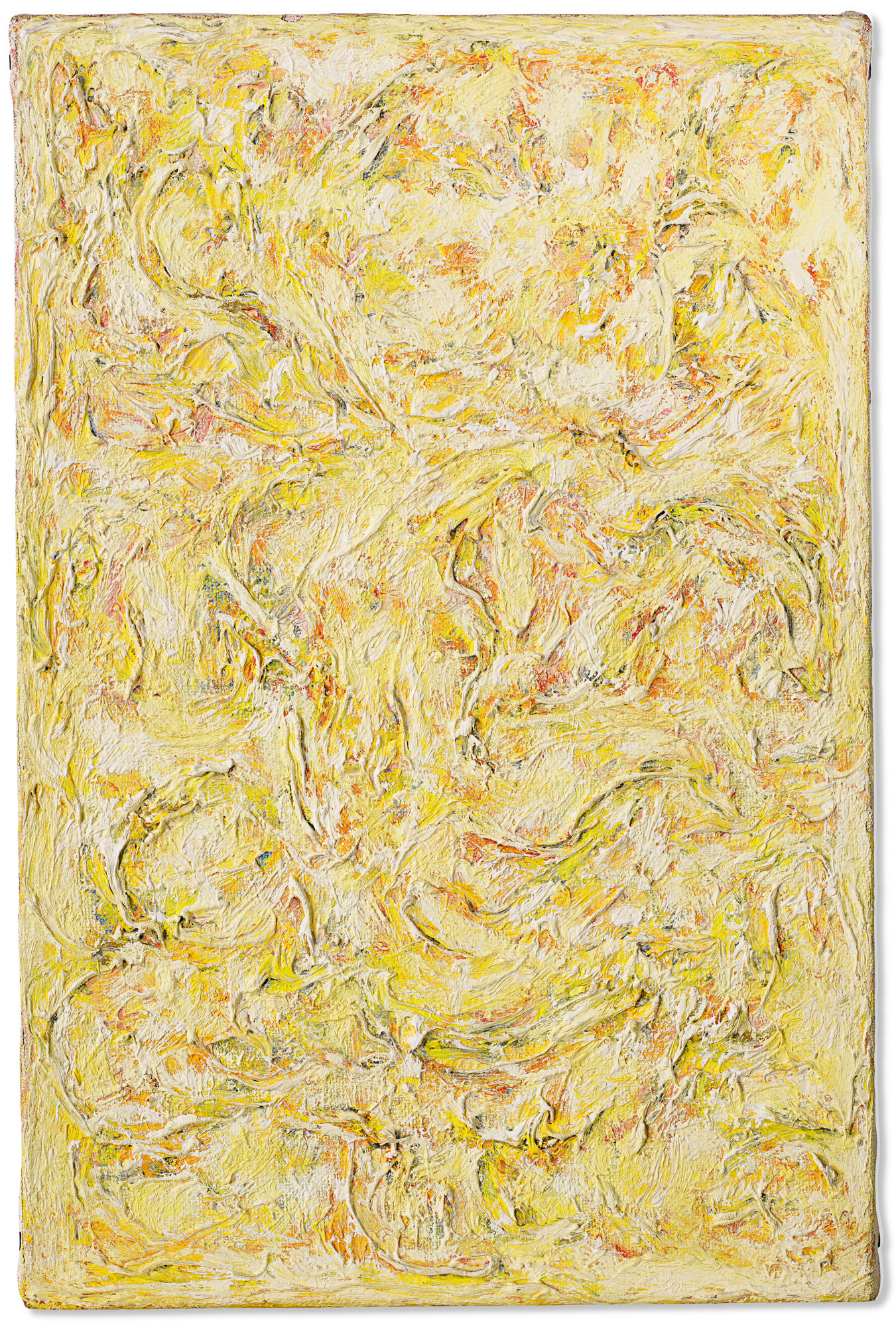Beauford Delaney
Beauford Delaney is one of the most important figures in American modernism, with his colorful works that range from figurative expressionism to abstraction. Born in Knoxville, Tennessee in 1901, he was raised in a strict Christian household. Despite his conservative upbringing, Delaney’s mother recognized her son’s artistic abilities and provided a supportive environment for his growth. In 1923, Delaney left the South for Boston, where he would study art over the next six years at the Massachusetts Normal School (later the Massachusetts College of Art), the Copley Society, the Lowell Institute, and the South Boston School of Art. Delaney moved to New York in 1929 and first settled in Harlem. He established a reputation in his early career painting portraits of society women and professional dancers. Delaney featured these portraits at his first solo exhibition at the 135th Street Branch Library of the New York Public Library in 1930. In the same year, three of his portraits were exhibited at the Whitney Studio Galleries, the predecessor of the Whitney Museum of American Art. While he built his early career, Delaney also studied at the Art Students League, working with John Sloan and Thomas Hart Benton.
As the Depression wore on, Delaney found work with the Federal Art Project as a muralist. Delaney collaborated with Charles Alston on two murals at the Harlem Hospital Center. Alston was a key figure in the Harlem Renaissance, and he brought Delaney into an influential group of artists that included Norman Lewis, Jacob Lawrence, Augusta Savage, and Romare Bearden among others. These figures, along with Delaney, frequently worked and socialized together at Alston’s studio in Harlem known as “306.” Delaney was also active in the bohemian circles of Greenwich Village, where he lived and worked from 1936 to 1953 at 181 Greene Street.
The years in Greenwich Village were marked with great productivity and a new energetic, modern style. Delaney was interested in the development of modernism in Europe and the United States, and began to study and engage with the artists he admired. Alfred Stieglitz and Stuart Davis were influential mentors; Delaney regularly visited Stieglitz’s An American Place gallery, and Davis encouraged him to study the European masters— Cézanne, Gauguin, Matisse, Picasso, and Van Gogh. By 1939, Beauford’s paintings reflected these lessons and he exhibited his new works at several solo shows in New York and Washington D.C.
In 1953, Delaney left New York and permanently settled in the Montparnasse neighborhood of Paris. Delaney followed the path of his friend James Baldwin, but also joined a number of African American artists who relocated to Europe seeking respite from the racial inequalities of the United States, including Ralph Ellison, Ed Clark, and Harold Cousins. In Paris, Delaney felt freer to express himself and his style shifted towards Abstract Expressionism influenced by the New York School.
Painted in 1967, the present untitled work is an expressive abstract composition with thick layers of impasto yellow, white, and ochre paint covering the entire canvas. The elaborate swirls of bright monochromatic shades reflects Delaney’s interest in Monet’s studies of light. Shades of yellow were often used by Delaney as a unifying element in his abstract and figurative compositions from this period. His exploration of color also symbolizes transcendence and spirituality, which he sought to express throughout his career. Delaney inscribed this painting to Mary Callery, a dear friend and fellow artist. Callery was an independently wealthy American sculptor with a studio in Paris. She provided financial support to Delaney when he first encountered hardship in New York during the 1940s. Despite health and financial woes, Delaney continued to live and work in Paris until his death in 1979. A year before his death, The Studio Museum in Harlem presented the artist’s first institutional retrospective. Delaney has since been included in numerous solo and group exhibitions that honor his importance in the history of twentieth century American modernism.
Beauford Delaney
Untitled, 1967
Oil on canvas
16″ x 11″
Signed, inscribed, dedicated and dated ‘Beauford Delaney Paris 1967 Mme Mary Callery with friendship’ on the verso
Provenance
Mary Callery, Paris, gift of the artist, 1967
Her sale; Christie’s, Paris, 2 July 2009, lot 48
Private Collection, acquired from the above
Christie’s, New York, May 13, 2022, lot 167, Estimate $70,000 – 100,000, sold for $249,400
Private Collection, Michigan, acquired from the above sale

